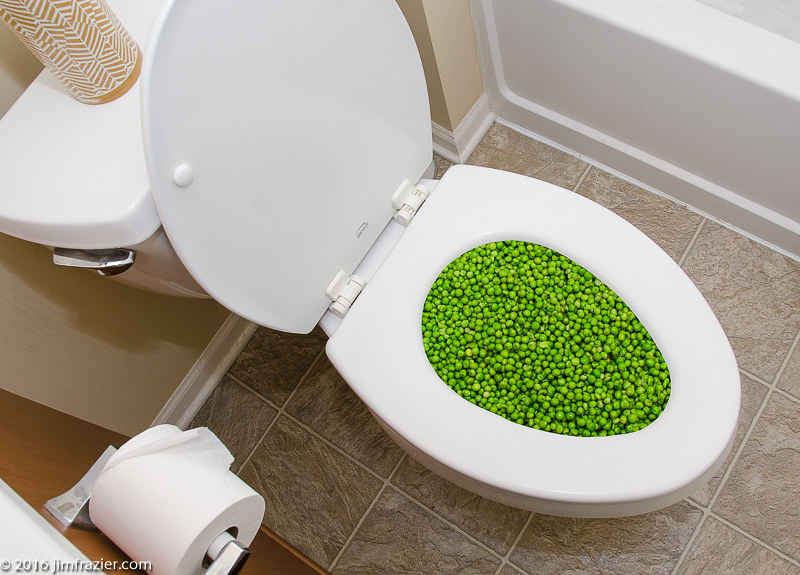Were you looking for additional info concerning Think Twice Before Flushing Food Down Your Toilet?

Introduction
Lots of people are commonly confronted with the predicament of what to do with food waste, particularly when it comes to leftovers or scraps. One common question that occurs is whether it's fine to purge food down the bathroom. In this article, we'll explore the reasons why individuals might take into consideration purging food, the effects of doing so, and alternative approaches for correct disposal.
Reasons why people may consider purging food
Absence of recognition
Some individuals might not be aware of the possible damage caused by flushing food down the toilet. They may wrongly believe that it's a harmless method.
Convenience
Flushing food down the toilet may feel like a quick and very easy remedy to getting rid of undesirable scraps, especially when there's no neighboring trash can readily available.
Laziness
Sometimes, individuals may simply pick to flush food out of sheer negligence, without considering the repercussions of their activities.
Consequences of flushing food down the commode
Environmental impact
Food waste that ends up in rivers can contribute to contamination and injury marine environments. Additionally, the water utilized to purge food can strain water sources.
Pipes issues
Flushing food can cause clogged pipes and drains pipes, triggering costly pipes repair work and inconveniences.
Kinds of food that need to not be flushed
Fibrous foods
Foods with fibrous textures such as celery or corn husks can get entangled in pipelines and trigger clogs.
Starchy foods
Starchy foods like pasta and rice can absorb water and swell, resulting in clogs in pipelines.
Oils and fats
Greasy foods like bacon or food preparation oils ought to never be purged down the commode as they can strengthen and cause obstructions.
Proper disposal techniques for food waste
Making use of a waste disposal unit
For homes equipped with waste disposal unit, food scraps can be ground up and flushed with the pipes system. However, not all foods are suitable for disposal in this manner.
Recycling
Certain food product packaging materials can be recycled, reducing waste and decreasing ecological effect.
Composting
Composting is an environment-friendly method to throw away food waste. Organic materials can be composted and made use of to improve soil for gardening.
The importance of correct waste management
Reducing ecological injury
Appropriate waste monitoring techniques, such as composting and recycling, help minimize air pollution and protect natural deposits for future generations.
Protecting pipes systems
By avoiding the technique of flushing food down the toilet, house owners can avoid costly pipes repair work and keep the stability of their pipes systems.
Verdict
In conclusion, while it may be tempting to flush food down the commode for convenience, it is essential to comprehend the potential consequences of this activity. By taking on correct waste monitoring practices and taking care of food waste responsibly, individuals can contribute to healthier plumbing systems and a cleaner atmosphere for all.
FLUSH FOOD DOWN THE TOILET?
FLUSHING FOOD CAN CAUSE BLOCKED DRAINS IN YOUR HOME
All of the plumbing fixtures in your home are connected to the same sewer pipe outside of your home. This outdoor sewer pipe is responsible for transporting all the wastewater from your home to the Council sewer mains. Even small pieces of food that go down the kitchen sink can cause problems for your sewer. It should therefore be obvious that flushing larger bits of food, such as meat, risks a clog in either the toilet itself or the sewer pipes. Flushing greasy food is even more problematic because oil coagulates when it cools, coating the interior lining of your pipes.
THE TOILET IS NOT A BIN
Food isn’t the only thing that people shouldn’t be flushing down the toilet. People use the toilet to dispose of all kinds of things such as tampons, makeup wipes, dental floss, kitty litter and even underwear. Water goes to great lengths to educate residents about the high costs and stress placed on wastewater treatment systems simply from people flushing the wrong stuff down the toilet. It costs taxpayers millions of dollars each year, and homeowners thousands in blocked drain repairs.
FLUSHING FOOD IS A WASTE OF WATER
Flushing food is a waste of our most precious resource - water. In June this year Level 1 water restrictions were introduced to protect water supply from drought conditions. Much of New South Wales continues to be affected by prolonged drought with recent figures revealing up to 97 per cent of the state remains in drought. Depending on whether you have a single or dual flush toilet, every single flush uses between five and 11 litres of water. In the current climate this is a huge amount of water to be wasting on flushing food that should be placed in the bin (or better yet, the compost).
https://www.jabplumbingsolutions.com.au/blog/can-you-flush-food-down-the-toilet

We had been shown that report on Think Twice Before Flushing Food Down Your Toilet through an acquaintance on our other web page. Sharing is good. Who knows, you may just be doing someone a favor. Thank-you for your time invested reading it.
Call Today